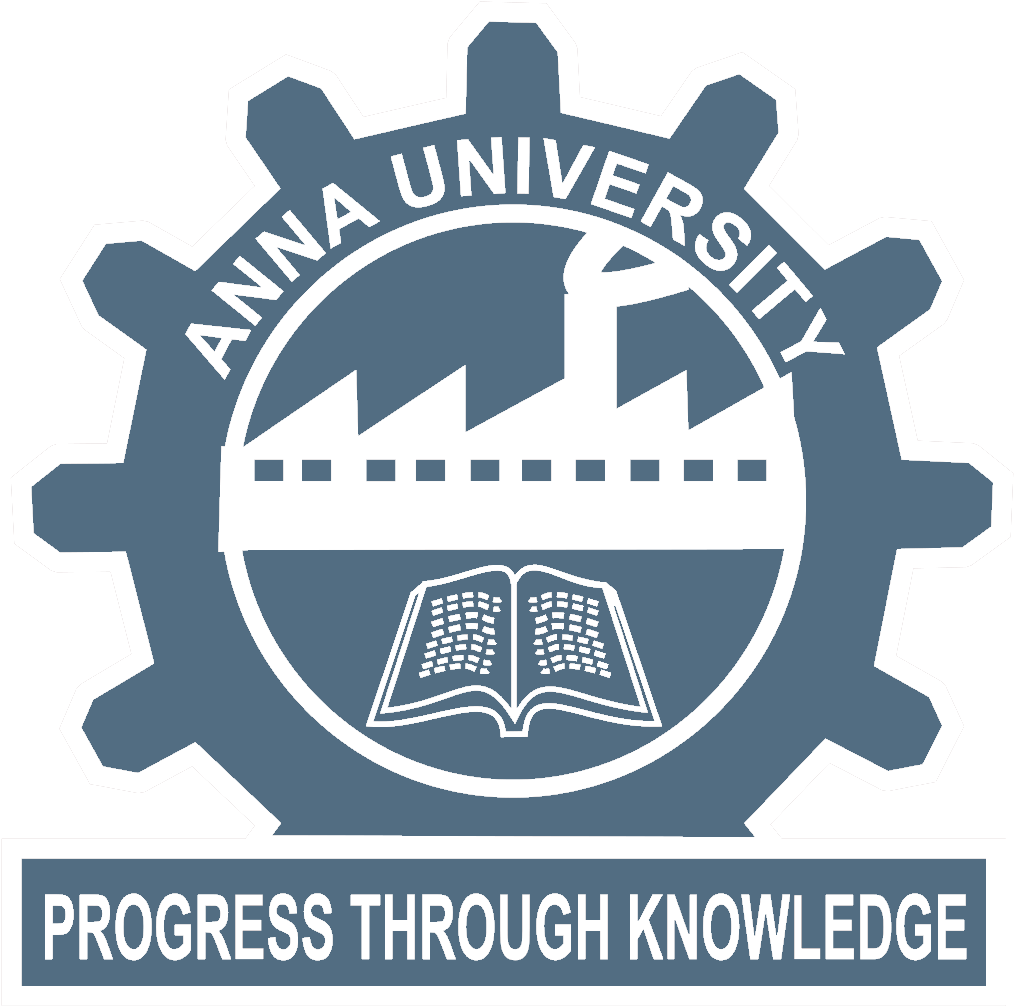Thrust Areas
By the Numbers
269
UG Students
6
PG Students
13
Scholars
18
Faculty
9
Staff
9
Patents
12
Projects
353
Publications
3636
Citations
32
H-Index
Message from the HOD
Lt. Dr. R. Neelakandan
PROFESSOR
Our department stands at the forefront of shaping the future of textiles, embracing the fusion of tradition with cutting-edge technology. With a legacy of ground breaking research, industry partnerships, and a diverse community of scholars, we have established ourselves as leaders in the field. Our department offers Undergraduate and postgraduate programmes with well-designed curriculum that foster student engagement, learning and success. Our faculty members play an integral part in the success and vibrancy of the student community, shaping the next generation of leaders, thinkers, and innovators through their teaching, research, and service endeavours. The passion of our faculty members in teaching, research, and service inspires students, colleagues, and the broader community, creating a culture of excellence and innovation that propels our department forward. In overall, our department is committed to providing a supportive and stimulating environment that empowers students and faculty to achieve their academic and research goals. Through our state-of-the-art facilities, resources, and support services, we aim to cultivate a culture of excellence, innovation, and collaboration within our academic community.
